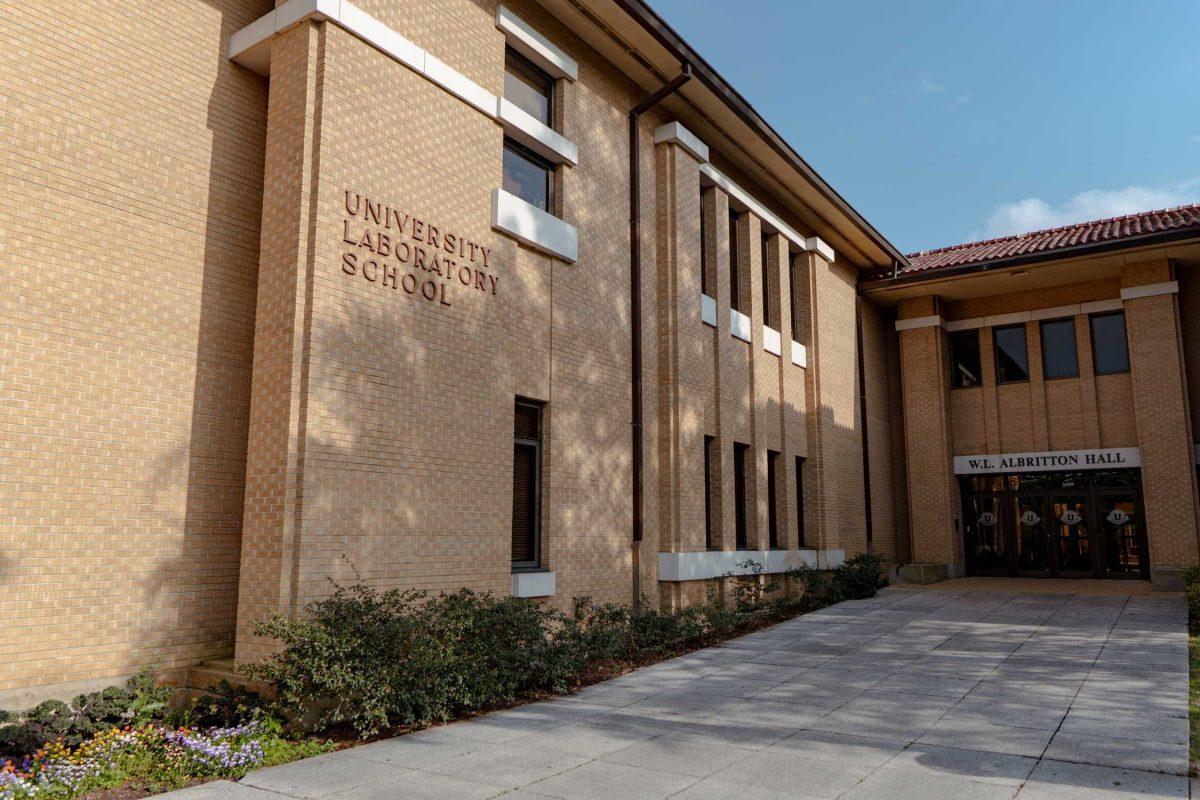The University is home to many famous treasures like its stately oaks and Mike the Tiger, but a less conspicuous asset rests in the archives of Hill Memorial Library — a copy of the world’s most expensive book.
The tome, “Birds of America” by naturalist and painter John James Audubon, is a 2-by-3-foot book of 435 hand-colored illustrations of various bird species, and Hill Memorial houses one of only 119 copies in the world.
The book is astronomically valuable, and it’s gaining worldwide buzz as auction house Sotheby’s prepares to sell a copy in December that’s expected to fetch between $6 million and $9 million. Another copy of the book sold for $8.8 million in 2000 — the most expensive book sale in history, according to the BBC.
Though the University’s copy of “Birds of America” has never been appraised, it is monetarily the “most valuable individual thing” in the library, said Elaine Smyth, head of special collections.
The copy being auctioned in December is one of the few privately owned volumes of the book. Most copies are owned by various institutions that will never part with it, like the University, Smyth said.
“We’re never going to get rid of this,” she said. “It belongs to the people of the state.”
Each page of the book, created between 1827 and 1838, features an engraving of Audubon’s original illustrations that was carefully hand-colored by a production team working under Audubon.
The University acquired its copy of the book in 1964 for $65,000. The four-volume set formerly belonged to the Duke of Northumberland, Symth said.
The work’s value has skyrocketed since then, and a one-year restoration completed last fall — funded by a donation from the Coypu Foundation — cost $93,000 to clean the paper, restore the bindings and eradicate mold that had begun to grow on the book’s ink, according to Smyth.
The book is so valuable that library visitors must make advance appointments to view it, but Smyth said when people do get the chance to see it in person, they are always impressed by its intricate beauty.
“When they see it in person, people are so enthralled by the art, they don’t think about the fact that it’s worth $8 million. They think about what Audubon achieved,” Smyth said.
One of the most impressive things about Audubon’s work is his versatility in depicting various bird species, said exhibitions coordinator Leah Wood Jewett.
“The range — to be able to capture the essence of a bird, whether it’s a tiny, delicate songbird or a huge bird of prey swooping in and wrestling with a snake — you can’t truly appreciate it unless you’re standing right there,” Jewett said.
Audubon spent time in nature observing birds in various locations, including Louisiana, to accurately portray his avian subjects, Smyth said.
Audubon would frequently catch and kill birds, then use wires to precisely pose them for his illustrations. Though that process may seem inhumane today, Smyth said the bird population was so plentiful in Audubon’s time that his method wasn’t a threat to any species.
“There were so many more birds then that we can’t even imagine what it was like,” Smyth said.
Though Audubon’s work has soared to prominence and value in the years since its publication, the book wasn’t an immediate financial success.
To pay for the team of engravers and painters who got his book into print, Audubon raised money by selling subscriptions for “Birds of America.” As each volume was being produced, Audubon was securing funds from subscribers to finance his work. Despite the strategy, Smyth said the book did more for Audubon personally than financially.
“It was a huge success in terms of his reputation, but it did not make him rich,” she said.
But nearly two centuries after its publication, the book has become a relic with much historical weight — enough to merit its inclusion in “Treasures of LSU,” a new book dedicated to showcasing things that represent the prominence and progress of the University.
Laura Lindsay, editor of “Treasures” and interim dean of the College of Education, said “Birds of America” is included with about 100 other treasures in the book, released this month. Each treasure was nominated by a member of the campus community and vetted by a committee to ensure an encompassing, quality collection.
Lindsay said housing a rarity like Audubon’s work on campus not only raises the University’s profile but also benefits students and faculty.
“This is the hallmark of what a research institution is — it’s the collections, it’s the artwork, it’s the extraordinary history that goes with it,” Lindsay said.
“Birds of America” is far-reaching in terms of academic significance as it includes the science of identifying birds, the art of illustrating them and the marketing aspect of selling subscriptions to fund the project, Jewett said.
Owning a work like Audubon’s, which generates copious interest and fanfare, is a mark of the University’s excellence, Lindsay said.
“For our faculty and our researchers, the library holds incredible treasures,” she said. “You go to Hill Memorial and really start looking at what’s over there, and it’s amazing what we have as an institution.”
____
Contact Ryan Buxton at [email protected]
Hill Memorial Library houses book worth millions
September 15, 2010




